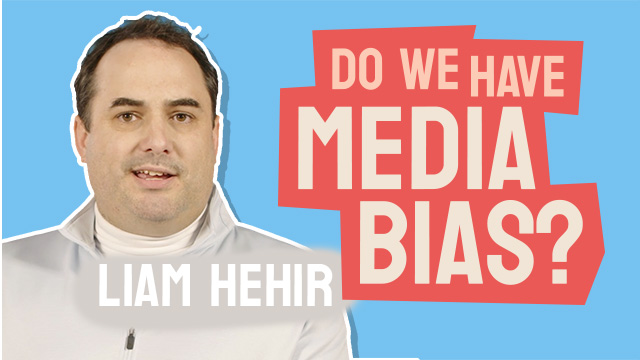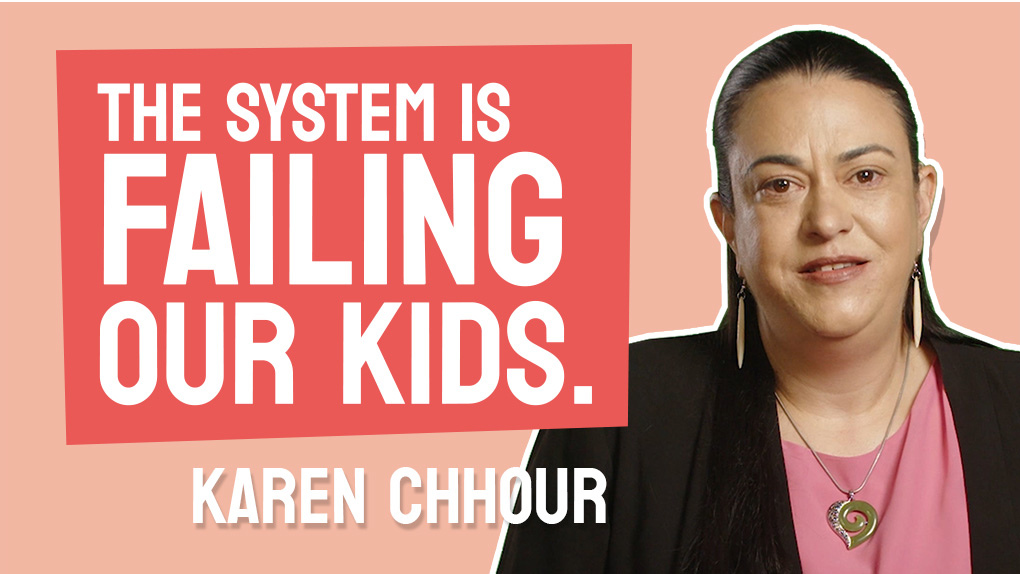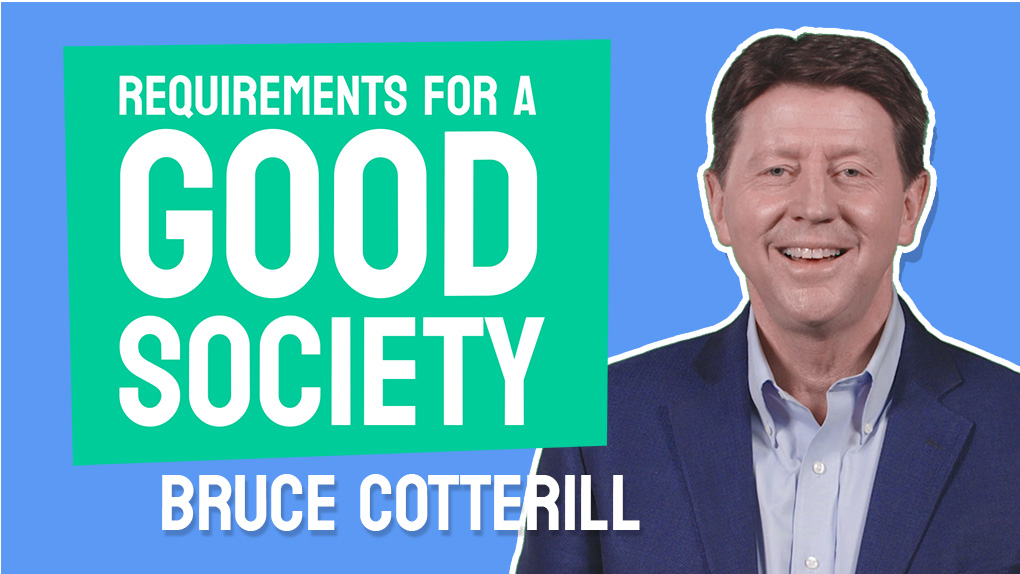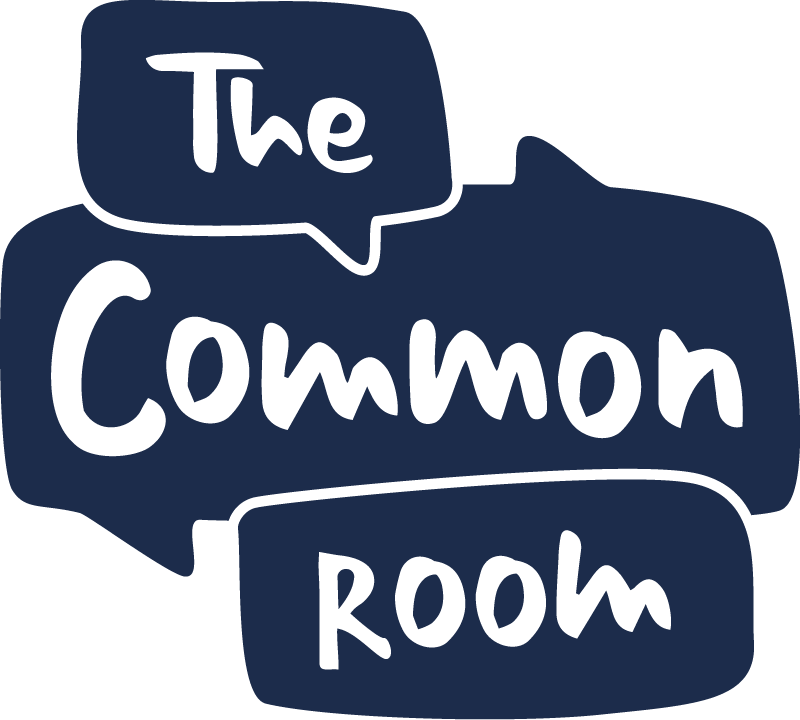The vaping epidemic
5 March 2023, 16.6k views*
Should our young people be a pawn in the government’s goal to deliver Smokefree 2025? While we’ve been busy eradicating tobacco, a vaping epidemic has been curling its tendrils around young people. So where did we go wrong?
Should our young people be a pawn in the government’s goal to deliver Smokefree 2025?
While we’ve been busy eradicating tobacco; a vaping epidemic has been curling its tendrils around young people.
By 2018, smoking amongst rangatahi had been virtually eliminated. The days of stand-over tactics in school toilets and kids skipping class in response to nicotine withdrawals, seemed to be a thing of the past. Hats off to the wide range of health-based strategies that achieved this.
However, this is a game of smoke and mirrors. To reduce smoking, we introduced vaping.
An open door to big tobacco, as smoking became socially unpopular, they saw vaping as the natural evolution of their business. Vaping was a new way to establish nicotine dependence amongst consumers.
Nicotine is one of the most addictive substances. Putting it in your products is a surefire way to build loyalty and repeat sales.
Unregulated in NZ until 2020, nicotine-based vaping products were widely available, despite pleas by health advocates for the Government to introduce the legislation that was drafted way back in 2017. By the time these restrictions to protect our children came into force, vaping was well established, with heavy investment by big tobacco, promoting nicotine-based vape products to youth. That marketing investment by big tobacco was called out this year by the FDA, when the leading brand which had 40% of the US market, lost its licence to sell vape products because of its heavy targeting of youth.
But back to NZ. In 2018, the idea of youth taking up vaping was called scaremongering. Then, just 2% of 15-year-olds vaped daily. One leading anti-smoking group scoffed at the concerns that young people would take up vaping.
Fast forward to today’s 15-year-olds and the dramatic uptake in vaping sees 20% of 15-year-olds as daily vapers, according to Asthma and Respiratory Foundation research. Regular vaping for Māori girls continues to be the highest group. Remember in 2018, just 2%, when they said it wouldn’t happen.
So, what’s the issue?
As I said before, nicotine is one of the most addictive substances. Young people are skipping class because of nicotine cravings. Teachers are managing behavioural issues, school toilets are back to the way they were 20 years ago, schools are diverting operating money to install cameras and sensors.
The wider issues caused by this significant increase in nicotine use are just as concerning; anxiety, mood swings and difficulty concentrating. Youth mental health trends are making headlines, and we have created easy access to a potent, highly addictive drug that can contribute to mental health issues.
So where did NZ go wrong?
Let’s go back to 2018 when vaping proponents saw vaping as the ‘quit smoking’ solution and to hell with the consequences. Australia, meanwhile, has been proactive to reduce the risks to their young people. They’ve adopted a health-based approach to using vaping products as a cessation tool. Vapes can only be purchased with a doctor’s prescription. Here in New Zealand, our health-based approach is to flood the market with nicotine-based vape products, in the hope existing smokers may switch.
While we were allowing nicotine-laced vape products to be sold to children, in 2019 European countries had already moved to limit Nicotine content to 20mg. So too in Canada. In New Zealand, our limit is two and a half times that at 50mg. And there is a real reluctance by the government to address the issues around vaping and acknowledge the unintended consequences of their strategy.
When I met with Health Officials in December 2021, they advised they were releasing a social media campaign in March 2022 targeting youth to warn of the risks of vaping. At that meeting, they advised the Ministry of Education said there was no concern of vaping in schools. Clearly, they weren’t at the 2021 Principal’s Conference, where vaping and a lack of support was a hot topic. And that campaign to be launched in March – seems to have vaporised.
Let’s be fair, we still have high rates of tobacco smoking in some groups – notably young Māori females, so vaping as a cessation tool may have its place. There are fantastic community health organisations that can really make a difference with targeted intervention using vaping as a tool – and they deserve support.
But what sort of public health strategy floods the market with a highly addictive substance in the hope it hits the few who may benefit?
Imagine if we had a government with the courage to adopt Nicotine-Free 2025, rather than Smokefree 2025.
I’m John O’Connell, CEO of Life Education Trust NZ for the Common Room.
*Aggregated views across platforms




